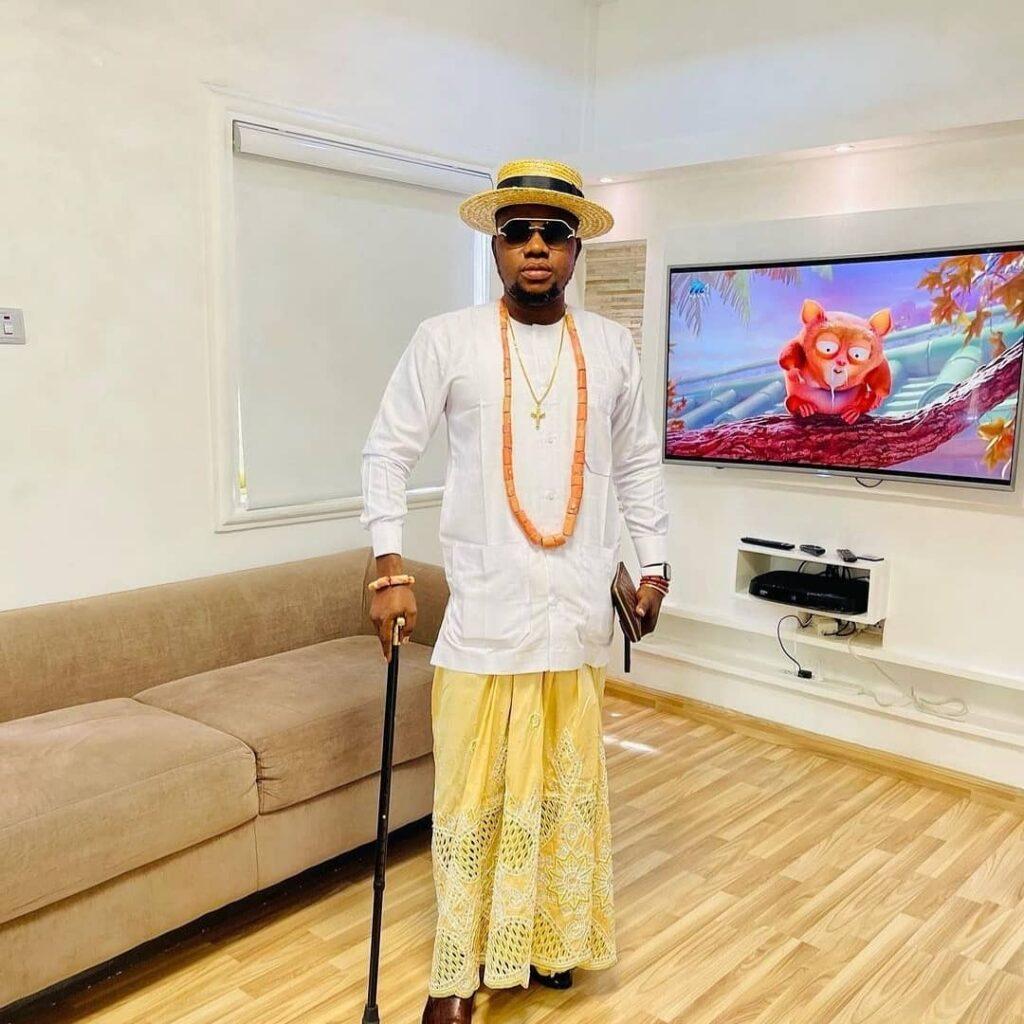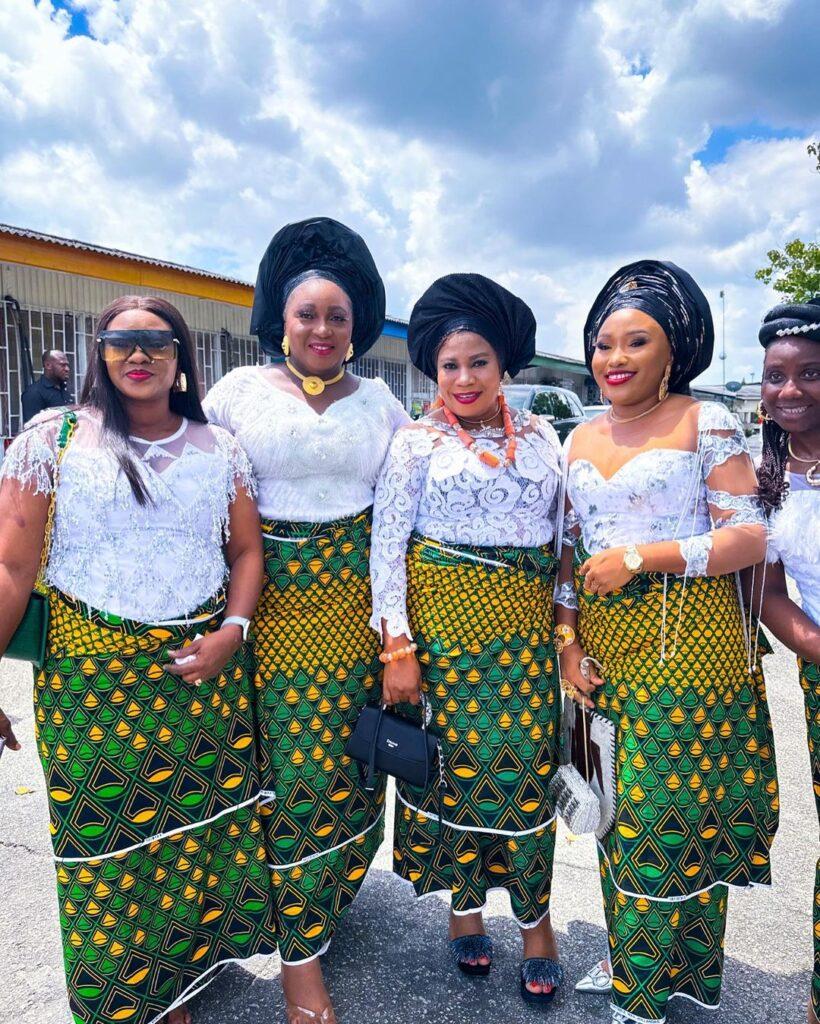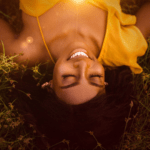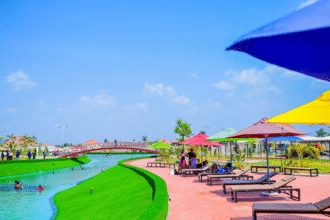Isoko tribe is a prominent ethnic group in Delta State, the south south region of Nigeria, isoko possesses a vibrant cultural heritage that is deeply engraved in the Isoko traditional attire.
The isoko is one of the tribes in Nigeria with the easiest traditional dressing pattern/attires, Even though we speak of modernization and westernization of dressing, the isoko tribe has held onto her dressing lifestyle for ages as it was passed down by our forefathers.
It’s one cultural heritage the tribe truly cherish and can’t give up because of its importance and uniqueness which distinguish them from other tribes.

Historical Background of Isoko Traditional Attires
The Isoko people have a rich cultural history that dates back centuries. Their traditional attire reflects their cultural heritage and serves as a visual representation of their identity. These attires have evolved over time, blending influences from various historical periods, trade routes, and neighboring ethnic groups. The intricate designs and patterns found in Isoko traditional attires are a testament to the skilled craftsmanship and artistic talent of their creators.
Significance and Symbolism of Isoko Traditional Attires
Isoko traditional attires hold deep symbolic meaning within the community. They serve as a way to express cultural pride, maintain traditions, and preserve their unique identity.
• Let’s look into some key concepts within Isoko traditional attires and their symbolic significance:
Colors and Patterns
Isoko traditional attires are renowned for their vibrant colors and intricate patterns. Each color holds a specific meaning and conveys different emotions or statuses. For example, red signifies bravery and courage, while white represents purity and peace. The combination of colors and patterns in Isoko attires tells a captivating story of the wearer’s personal and cultural narrative.
Fabrics and Materials
The fabrics and materials used in Isoko traditional attires also contribute to their significance. Locally sourced materials like adire (tie-dye fabric), raw silk, and handwoven cotton are often employed to create these unique garments. These fabrics not only showcase the natural resources available in the region but also highlight the skill and craftsmanship of the local artisans.
Decorations and Accessories
Isoko traditional attires are often adorned with intricate beadwork, embroidery, and other decorative elements. Adornments are carefully selected and meticulously applied, enhancing the overall aesthetic appeal of the attire. These accessories serve as status symbols, reflecting the wearer’s social standing, wealth, or achievements within the community.
Isoko Traditional Attires Relevance in Modern Times
While Isoko traditional attires have deep roots in history, they continue to play a significant role in modern-day society.
• Here are a few reasons why Isoko people and others embrace these attires:
Cultural Preservation
Wearing Isoko traditional attires enables the community to preserve and promote their rich cultural heritage. By donning these garments during special occasions such as weddings, festivals, and cultural ceremonies, Isoko people pass down their traditions from one generation to the next. This act of cultural preservation ensures that the uniqueness and beauty of Isoko culture are celebrated and kept alive.
Identity and Sense of Belonging
Isoko traditional attires foster a sense of identity and belonging within the community. By wearing these attires, Isoko individuals proudly showcase their cultural heritage and express their sense of belonging to the Isoko ethnic group. It acts as a unifying element, strengthening social bonds and creating a shared cultural identity.
Economic Empowerment
Isoko traditional attires also contribute to the local economy. The creation, sale, and distribution of these attires provide employment opportunities for local artisans, weavers, and designers. This economic empowerment not only supports the livelihoods of individuals involved in the craft but also boosts the overall socio-economic development of the Isoko community.
How to Wear Isoko Traditional Attires
The Isoko Traditional attire is classified in two patterns which is For Men & For The Women.
• Isoko Traditional Attires for Men

The Male tie one large wrapper around their waist up to 6 to 12 yards called “Ogbru“, which is actually very big when been tied and most people prefered a part of it rubbing on the ground with a top also called “Ewhu“, usually made with in most cases lace and mostly of white color.
The coral beads called “Ivie” when worn around the neck and the wrist of the hand and a bowler hat called ‘Etu’ worn on the head.
Also he’s to hold a white or milk color hand fan called “Egdugdu” with his purse (any color) been held to his body with an arm were he keeps his belongings.
His dressing is completed with the shoes called “Evhie” and a walking stick called “ookpor“.
• Isoko Traditional Attires for Women.

The standard Isoko dressing for women comprise two wrappers called “ehor” (plural) and “ohor” (singular), usually with 6 yards been divided into two by the tailor sewing it.
The wrapper is actually divided into 2 and 4 yards respectively, the 4 yards is actually the main yard which the woman used first and it’s been tied equally to make the dressing beautiful. the equal parts of the edge of the wrappers makes it beautiful, if it’s not equal and flexible,the woman finds it difficult to walk.
While tieing the wrapper, the woman actually opens or spread her legs wide to avoid her falling while walking and for her to be able to walk well without restriction.
This is actually the first layer of the wrapper.
Note: if you get this first layer right, the dressing will stand out and the beauty comes to life.
The second wrapper which is 2 yards is been tied as a support wrapper to the first one. It is tied in two ways.
Either a little bit below the kneel level or around the kneel level depending on the individual but the edge must be equal too.
A blouse called “ewhu“, to cover the upper part of the body,
A headtie called “udhofor“, to cover your head, but it is been tied around the head of the female while looking at the mirror, the coral beads “Ivie” around the neck and the both wrist of the hand and of course appropriate slip-on shoes with a purse to match.
In Conclusion
The Isoko traditional attires hold great cultural importance and serve as a tangible connection to the past. They embody the beauty, pride, and traditions of the Isoko people, and continue to thrive, even in the face of modernization. By preserving and promoting these attires, the Isoko community ensures that their cultural heritage remains alive and vibrant for generations to come.
So, embrace the richness of Isoko traditional attires and immerse yourself in the captivating world of this ancient culture.










